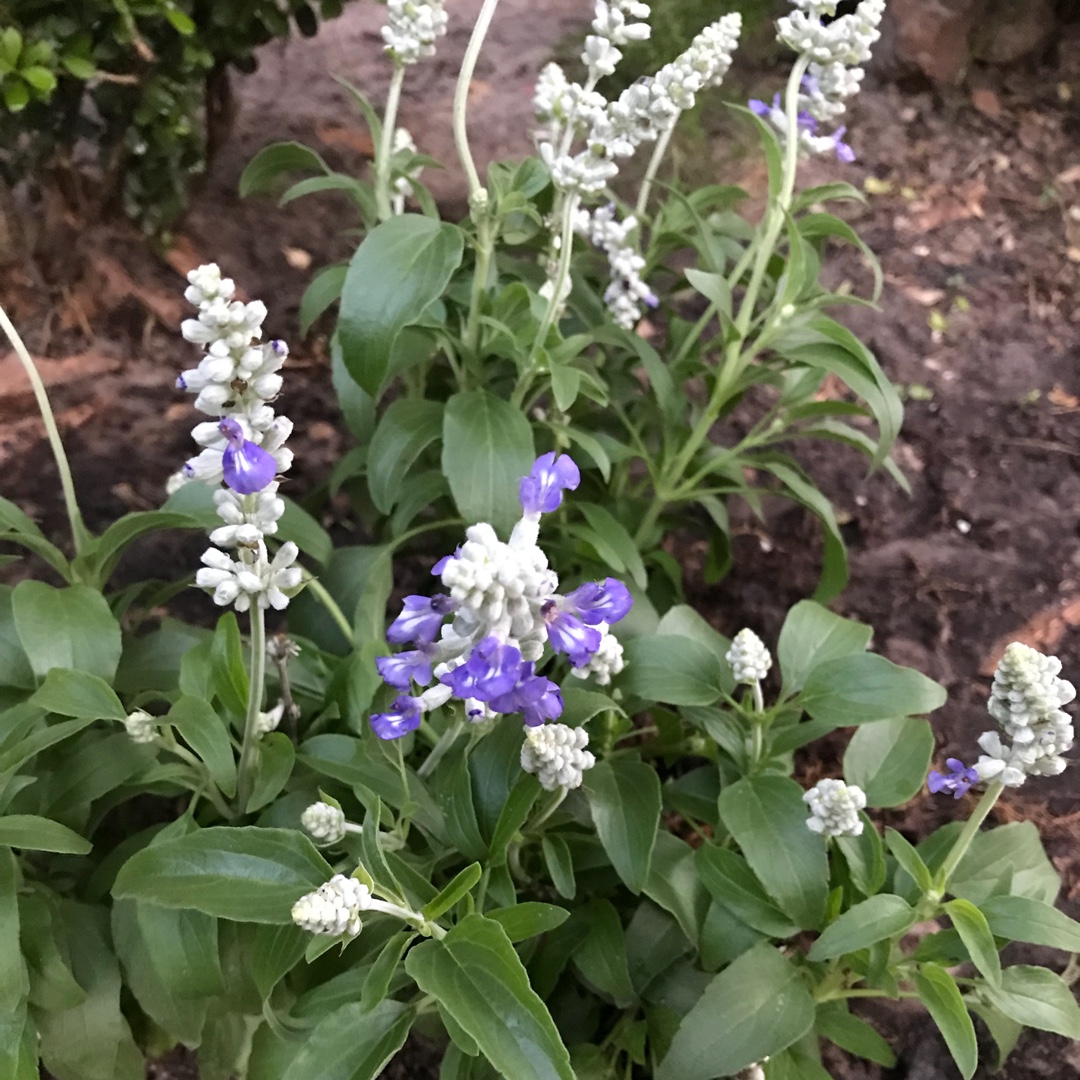
Salvia farinacea 'Cobalt Candle'
Salvis 'Cobalt Candle'
There are many types of Salvia. They can be annual, biennial, or perennial herbs, and woody subshrubs. The leaves are sometimes toothed or pinnately divided. The flowering stems bear small bracts, and in some species the bracts are ornamental. Some Salvias have hairy leaves or stems or flowers, and these hairs sometimes give off an aroma when brushed as oil is secreted. The flowers of Salvia are usually tubular with two "lips" - the lower one larger than the upper one - and often fragrant. 'Cobalt Candle' bears blue spires of flowers that are attractive to butterflies, and are good for container growing, and for cut flowers.
Contributed by @lexieleigh
-
Full sun to partial shade
-
Very little water
-
Frost Hardy: 23F (-5°C)
-
Free draining
Common name
Salvis 'Cobalt Candle'
Latin name
Salvia farinacea 'Cobalt Candle'
type
Perennial
family
Lamiaceae
ph
5.0 - 8.0 Acid - Neutral
Plant & bloom calendar
-
Best time to plant
full grown dimensions
 1.00 M
1.30 M
1.00 M
1.30 M
Salvia farinacea 'Cobalt Candle'
There are many types of Salvia. They can be annual, biennial, or perennial herbs, and woody subshrubs. The leaves are sometimes toothed or pinnately divided. The flowering stems bear small bracts, and in some species the bracts are ornamental. Some Salvias have hairy leaves or stems or flowers, and these hairs sometimes give off an aroma when brushed as oil is secreted. The flowers of Salvia are usually tubular with two "lips" - the lower one larger than the upper one - and often fragrant. 'Cobalt Candle' bears blue spires of flowers that are attractive to butterflies, and are good for container growing, and for cut flowers.
Planting young plants
From Late Autumn TO Late Winter
Pot grown plants can be planted out from late autumn to late winter. Plant in Beds or borders in any well drained garden soil preferably enriched with well rotted manure or compost. Choose a sunny position. Annual varieties can be planted after last frosts and the arrival of warm spring weather.
Propagation by division.
From Late Spring TO Late Spring
For perennial and shruby types, propagation is best done by division. Using a fork dig up plant, try to keep the root ball as complete as possible. Split the root ball at the center with a sharp knife or a spade. Replant the plants to the same depth as the original and keep well watered until established.








